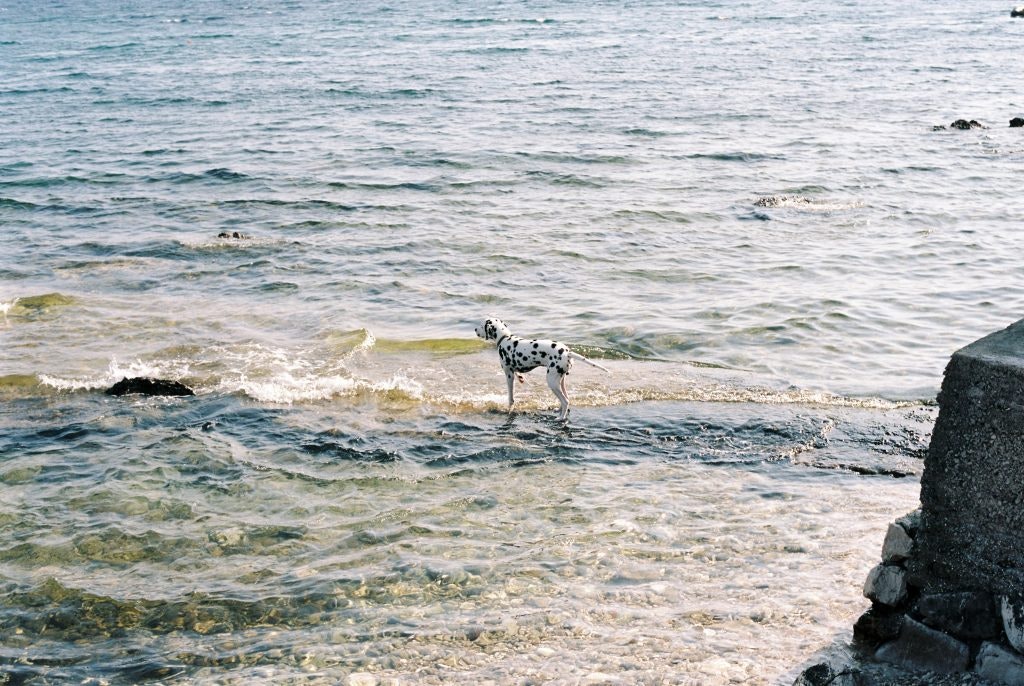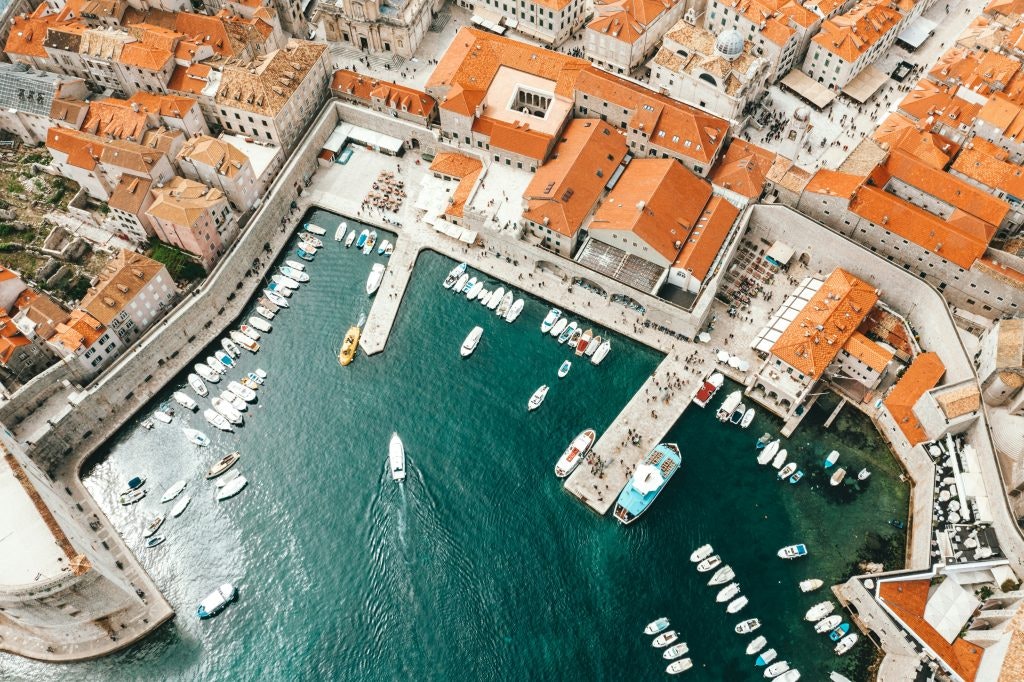4. Croatia’s currency was named after an animal before they adopted the Euro
The country adopted the euro as its currency at the start of 2023 but before that, the Croatian currency was called the kuna, which is the Croatian word for the marten. A marten is an animal similar to a weasel and its pelts were once commonly used for trade.
5. Croatian gingerbread is a work of art
Croatia’s gingerbread craft is recognized as a UNESCO Intangible Cultural Heritage of Humanity. Originating in European monasteries during the Middle Ages, the practice spread to Croatia, where it evolved into an art form.
Today, Croatian craftspeople decorate gingerbread with intricate patterns and mirrors, showcasing their skill and attention to detail.
6. Croatia is the home of the necktie
The necktie is said to have its origins in Croatia. In the 17th century Croatian mercenaries wore unique cloths around their necks when they went to France, where the trend caught on. The cravat was born, which later evolved into the necktie. The French word cravate actually comes from the Croatian word hrvatska.
Discover inventions from Italy, Croatia’s neighbor.
7. The Croatian alphabet is the oldest known Slavic alphabet
The Glagolitic script was developed in the 9th century, making it the oldest known Slavic alphabet. This unique alphabet was only used for the Croatian language but was a predecessor to the Cyrillic script which is used in countries such as Russia, Ukraine and Belarus. Despite their very unique appearance, the Glagolitic characters largely fell out of use in the 19th century.
8. The dalmatian dog is believed to come from Croatia
The dalmatian dog is characterized by its irregular spotted coat and is a well-known dog breed. However, a lesser-known fact is that this breed of dog is named after the Dalmatia region of the country, located on the Adriatic coast. Though its exact origins are unknown, it’s believed that the dalmatian dog originated here.

9. Croatia is Nikola Tesla’s birthplace
Nikola Tesla was born in 1856 in the village of Smijian, located in modern-day Croatia. This inventor and engineer developed the alternating current, which forms the basis for the modern electrical system. Tesla also contributed significantly to the development of things we take for granted today, including:
- neon lights
- remote controls
- computers
- X-rays
At the location of Tesla’s childhood home now stands a memorial center dedicated to this brilliant inventor.
10. Croatia’s Plitvice Lakes National Park is a UNESCO World Heritage Site
Croatia has eight national parks and two UNESCO-listed natural sites.

A bird’s eye view of Plitvice Lakes National Park in Croatia.
The full list of Croatia’s national parks is as follows:
- Plitvice Lakes National Park – A series of lakes, waterfalls, and caves formed by natural limestone and chalk deposits, home to diverse wildlife including bears and wolves.
- Historical Complex of Split with the Palace of Diocletian – A 4th-century Roman palace built by Emperor Diocletian, later integrated into the medieval city of Split with a mix of Roman, Gothic, and Baroque architecture.
- Old City of Dubrovnik – A medieval maritime republic that flourished in the 15th and 16th centuries, known for its well-preserved fortifications and historic cityscape.
- Episcopal Complex of the Euphrasian Basilica in Poreč – A 6th-century Byzantine basilica with some of the best-preserved mosaics in the Mediterranean, part of a larger episcopal complex.
- Historic City of Trogir – A well-preserved Romanesque-Gothic town influenced by Greek, Roman, and Venetian rule, featuring medieval walls, castles, and palaces.
- Cathedral of St. James in Šibenik – A Renaissance-era triple-nave basilica and one of the most significant architectural monuments on the eastern Adriatic.
- Stari Grad Plain – An agricultural landscape established by Greek colonists in the 4th century BC, still in use today with its original layout and dry-stone walls.
- Stećci Medieval Tombstone Graveyards – Monolithic stone tombstones from the 12th-15th centuries, found in Croatia, Bosnia and Herzegovina, Serbia, and Montenegro.
- Venetian Works of Defense (15th-17th centuries) – Fortifications built in response to gunpowder warfare, including the defensive system of Zadar and St. Nicholas Fortress in Šibenik.
- Primeval Beech Forests of the Carpathians and Other Regions of Europe – Ancient beech forests in Croatia’s national parks that served as refuges for the species’ expansion after the last Ice Age.

An island in the Krka National Park in Croatia.
11. The Walls of Ston are likened to the Great Wall of China
The Walls of Ston, built in the 14th century, were designed to protect the city of Ston and its valuable salt pans. These walls, stretching nearly 3.5 miles, are the longest in Europe and among the longest defensive walls in the world. Originally extending nearly 4.4 miles, they are often called the “European Great Wall of China.”
Offering stunning views of the Adriatic Sea and Dalmatian Coast, visitors can explore the walls, forts, and towers while enjoying panoramic vistas of the landscape.
Learn some fun facts about China.






